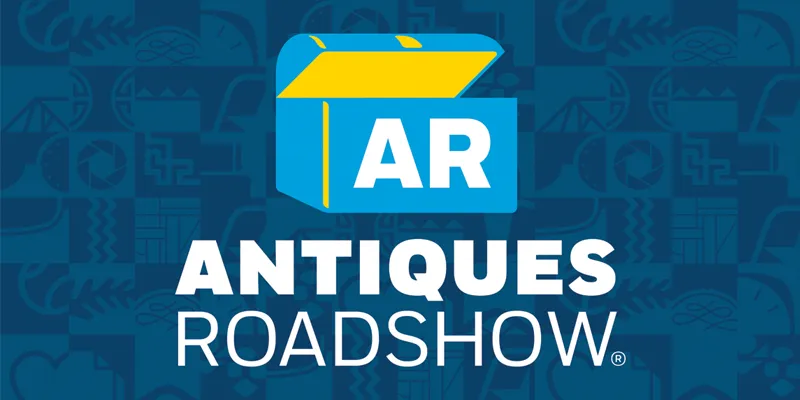GUEST: My grandpa was kind of a wheeler-dealer, and he liked to go out and make a deal, and barter and trade, and this was something he came home with-- one of many unique items that he came home with.
APPRAISER: When you got it, were you just-- did you like it? What'd you think?
GUEST: Not at all. When we were cleaning out the house that I got it from, I was on the verge of giving it to Goodwill or Salvation Army. And my husband said, "Let's take it home and take a little bit closer look at it." It was one of those things that was kind of always in my family, kind of always hanging out in the background that I never really liked. (laughs) I actually thought it was kind of an ugly vase.
APPRAISER: Okay, that's fair.
GUEST: (laughs) So... So it is now in my home, and I'm just curious what the value of it is.
APPRAISER: Okay.
GUEST: On the bottom there's a marking, and we did go online and find out that Guido "Gam-bone," I think, is how you say his last name...
APPRAISER: "Gam-bo-nee,"
GUEST: uh-huh. Was the maker of the vase, and it was made in Italy.
APPRAISER: Let's take a look at that mark on the bottom.
GUEST: Okay.
APPRAISER: On the bottom there's a donkey.
GUEST: (laughing) Yes.
APPRAISER: And below that it says, "Gambone."
GUEST: Yes.
APPRAISER: And then below that it says, "Italy." Guido Gambone...
GUEST: Yes.
APPRAISER: lived from 1909 to 1969.
GUEST: Right.
APPRAISER: And his pottery company in Italy, after World War II, they made some really interesting things in the 1950s and 1960s. This particular vase would probably date from the 1950s or 1960s, before Guido died. And the mark with the donkey on the bottom is usually associated with him.
GUEST: Right.
APPRAISER: Now, his son continued on after him...
GUEST: Yes.
APPRAISER: and then the mark changed. His son Bruno, and the mark changed, but usually this mark is associated with the father.
GUEST: Right.
APPRAISER: Now, he did a lot of stuff with figures on it-- with people, animals-- and kind of almost looked a little like Picasso or something sometimes.
GUEST: Abstract, yeah.
APPRAISER: Abstract, and then this one is just geometric.
GUEST: Yes.
APPRAISER: And if you look at it, it's a little lopsided. And this was not actually made on a wheel, but this was actually coil-made.
GUEST: Okay.
APPRAISER: So there would be a coil of pottery, and you can see that by looking on the interior...
GUEST: Okay.
APPRAISER: that this long coil of pottery was made, and then put round and round and round, and then smoothed off.
GUEST: Okay
APPRAISER: ... And then they added this really rich, rough, bubbly glaze, which is really kind of wonderful.
GUEST: Yes, the shine, yes.
APPRAISER: Yeah. Gambone pottery was actually sold in the United States, so it was exported here.
GUEST: Okay.
APPRAISER: It was fairly expensive. Several of us appraisers, we all looked at this...
GUEST: Sure.
APPRAISER: And none of us have ever seen a piece of Gambone this big.
GUEST: Okay.
APPRAISER: So it's remarkable in its size. Right. I would believe that a retail price would be somewhere between $7,000 and $10,000.
GUEST: (laughing) Oh, okay. Oh, my gosh, okay.
APPRAISER: So if you had given it away to Goodwill...
GUEST: (laughs) So I have my husband to thank for that. Yeah, if it weren't for him we wouldn't be here today, so this was the piece that brought us to ANTIQUES ROASHOW.












